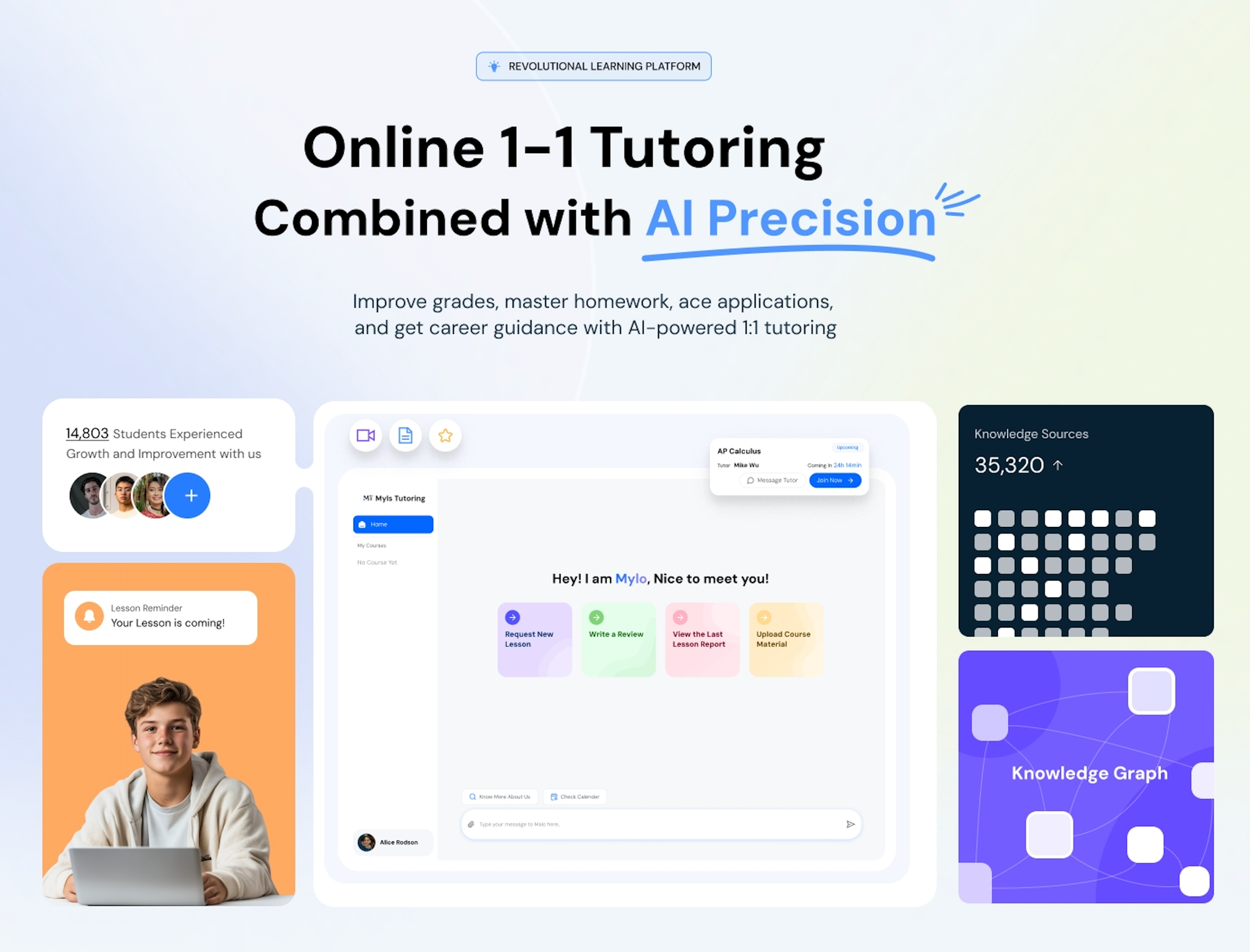Mastering the IELTS Reading Section: Tips, Strategies, and Common Mistakes
Struggling with IELTS Reading? Learn expert tips for skimming, scanning, and managing 60 minutes of reading challenges. Discover key question types, common pitfalls, and how Myls Tutoring helps you build the skills to hit your target band score—faster and smarter.

For many test-takers, the IELTS Reading section can feel like a race against time. With only 60 minutes to answer 40 questions based on three lengthy passages, it’s no surprise that this section often feels overwhelming. But with the right strategies—like mastering skimming and scanning, understanding common question types, and managing your time wisely—you can transform your reading challenges into strengths and boost your overall band score.
Whether you're aiming for a 6.5 or pushing toward Band 8+, this guide will walk you through key tips, common pitfalls, and what high scorers do differently.
Understanding the IELTS Reading Section
Academic vs. General Training Reading
The IELTS Reading section differs slightly depending on whether you're taking the IETLS Academic or IETLS General Training version of the exam.
- Academic: You'll read three longer passages, usually taken from journals, magazines, or reports written for a non-specialist audience.
- General Training: You'll encounter more everyday materials like advertisements, instruction manuals, and workplace documents, especially in Section 1 and 2, with one longer passage in Section 3.
Regardless of which version you take, the question types and timing remain the same: 40 questions in 60 minutes, with no extra time to transfer your answers.
You can find more details directly from the official IELTS website.
Key Strategies for Success
Skimming and Scanning: Don’t Read Every Word
One of the biggest mistakes new test-takers make is reading every line slowly and carefully. You simply don’t have time for that.
- Skimming means reading quickly to get the general idea or “gist” of the passage. Focus on titles, headings, first and last sentences of paragraphs, and keywords that stand out.
- Scanning means searching for specific information—dates, names, keywords—without reading full sentences. This is especially helpful for fact-based questions.
Practice skimming a news article and summarizing it in one sentence. Then scan that same article for five key facts. Doing this daily can build the speed you need for test day.
Learn the Common Question Types
There are more than 10 IELTS Reading question types, and each requires its own approach. Some of the most frequent include:
- Matching Headings
- True/False/Not Given
- Multiple Choice
- Sentence Completion
- Summary Completion
- Matching Information
For example, "Matching Headings" requires you to understand the main idea of each paragraph, while "True/False/Not Given" demands precise reading and inference skills. The more you practice each type, the better your instincts will become.
Here are two official-style examples:
Example 1: Matching Headings
Passage Paragraphs (A–D)
Match each paragraph with the correct heading from the list below:
Headings:
i. Impact of climate change on agriculture
ii. Regional climate prediction difficulties
iii. Technology used to track climate
iv. Historical temperature records
Paragraph A:
“Long-term temperature records show a marked increase since the late 20th century…”
→ Correct heading: iv. Historical temperature records
Example 2: True/False/Not Given
Statement:
“The average global sea level has dropped since 1990.”
Your Task:
- TRUE if the passage says this
- FALSE if the passage contradicts it
- NOT GIVEN if the information is missing
This type tests your attention to detail and ability to distinguish between what’s stated, implied, or missing.
For more practice, you can explore official IELTS sample questions from the British Council.
Use the Questions to Guide Your Reading
A powerful strategy is to read the questions first, not the passage. This allows you to know what to look for. Since the answers generally follow the order of the passage, you can track your progress through the text more efficiently.
For example, if Question 1 is about a date and Question 2 is about a person’s opinion, and you find the date halfway through the article, you now know you can skip the first half for Question 2.
Manage Your Time Like a Pro
You have 60 minutes for 3 passages—aim for this breakdown:
- Passage 1: 15 minutes
- Passage 2: 20 minutes
- Passage 3: 25 minutes
The questions get harder as you progress, so budget your time accordingly. Leave the last 3–4 minutes for checking unanswered questions and correcting mistakes.
Common Mistakes to Avoid
Misreading the Question Instructions
Don’t underestimate the importance of phrases like “NO MORE THAN THREE WORDS” or “WRITE A LETTER.” Giving an answer in the wrong format will be marked incorrect, even if the content is right.
Overthinking “Not Given” vs. “False”
Many students lose points on True/False/Not Given by over-interpreting. If the passage clearly contradicts the statement, it’s False. If the information simply isn’t mentioned at all, it’s Not Given. If you're unsure, ask: Did the passage answer this directly or at all?
Getting Stuck on One Question
If you're spending more than 90 seconds on a single question, skip it and come back later. Every question is worth the same number of points. Don’t let one difficult question derail your timing.
How to Practice Effectively
Use Real Practice Tests
Authentic practice material is key. The British Council and Cambridge IELTS books offer real exam samples that mirror the difficulty and style of the actual test.
Track Your Mistakes by Question Type
Instead of only checking your score, analyze which question types you consistently miss. If you always get "Matching Headings" wrong, focus on improving your ability to grasp main ideas.
Build Vocabulary with Context
Reading alone isn’t enough—you need to understand how words are used in context. Focus on high-frequency academic vocabulary, collocations, and transitions. Use apps like Quizlet to build personalized vocabulary decks based on your practice readings.
How Myls Tutoring Can Help You Succeed

At Myls Tutoring, we don’t just help you prepare for the IELTS—we help you learn smarter, faster, and with purpose. Our online tutoring platform blends expert human guidance with AI-powered learning tools to create a personalized learning journey that adapts to your goals.
Here’s how we support your success in the IELTS Reading section and beyond:
- Find an Ideal Tutor: Use our smart online tutoring matching platform to connect with experienced instructors who specialize in IELTS preparation.
- Personalized Learning Plan: Every student starts with an AI-assisted diagnostic to build a tailored study plan that targets your specific weaknesses.
- Knowledge Map + Graph Assessment: Your learning journey begins with a visual overview of what you know—and what you need to know—through our adaptive knowledge mapping tools.
- Shared Knowledge Drive: Access an organized, central drive where tutors and students can upload readings, notes, and exercises, ensuring seamless collaboration and progress tracking.
- Study Skills Coaching: Beyond test content, we help you improve time management, active reading strategies, and exam pacing through 1-on-1 coaching.
- Smart Scheduling + Flexibility: Book, reschedule, and manage sessions easily with our pay-as-you-go model—perfect for busy students managing school and IELTS prep.
Whether you're aiming for Band 6.5 or 8+, Myls Tutoring offers a complete IELTS prep solution that fits your pace, your goals, and your learning style.
📚 Try it yourself — book a trial lesson today and start mastering IELTS with confidence.




